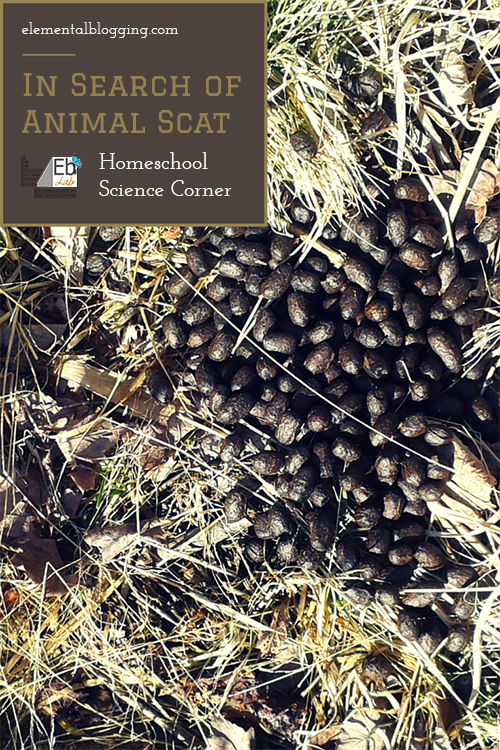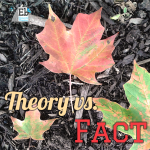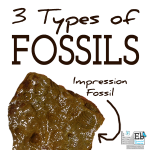 Animals are present in many of the places you go, but you seldom see them because they are afraid of people. However, there are many signs of the presence of animals in a habitat.
Animals are present in many of the places you go, but you seldom see them because they are afraid of people. However, there are many signs of the presence of animals in a habitat.
You may see tufts of hair on a fence post or tree branch. You may see crushed grass or leaves from where the animals have bedded down for the night. And, if your really lucky, you might even see some scat!
Scat is animal waste and it is a very important piece of evidence for scientist. It can tell the scientist the species that are present in a given habitat. Scat can also tell them about the health of the animals and their typical diet. So often we pass by it because it’s gross, but with a pair of gloves and a magnifying glass, we can learn a lot about the animals in our area.
In Search of Animal Scat
Steps to complete
- Begin by taking a walk to look for evidence of animals. Take pictures of any animal scat you find and collect a small sample in a plastic bag. (CAUTION: Be sure to wear proper protection, such as plastic gloves, when collecting animal scat.)
- On you are home, do not remove the scat from the bag. Simply observe the scat you collected through the bag, using your magnifying glass to examine it close up. This website will help you to identify what animal your scat came from.
- Next mash up your piece of scat inside the bag with your hands. Then with the sample is still in the bag, look at it again to see if you can find evidence of what the animal has eaten.
Here is a sheet for you to use when completing this observation: In Search of Animal Scat.
Results & Explanation
Your student may see seeds or partially digesting plant matter, which means that the animal is a herbivore. Your student may see bones or hair, which means that the animal is a carnivore. If they saw both, then the animal is an omnivore.
Take It Further
If you would like to take this a step further, order an owl pellet dissection kit from a science supply center. An owl pellet is technically owl puke, not scat. However, there are remnants of what the owl has eaten in the pellet, which makes it very interesting! I personally love Carolina Biology Supplies, they ship quickly, package safely and the specimens are top-quality. You can find step-by-step directions in this post.
Have you ever found animal scat on your nature walks? What did you really think about it?
Coming in two weeks: Results vs. Observations
If you don’t want to miss another Science Corner post, you can sign up below to receive each one directly into your inbox. It’s free and you can unsubscribe at anytime, plus we’ll never share your email anywhere.






Join the Community!